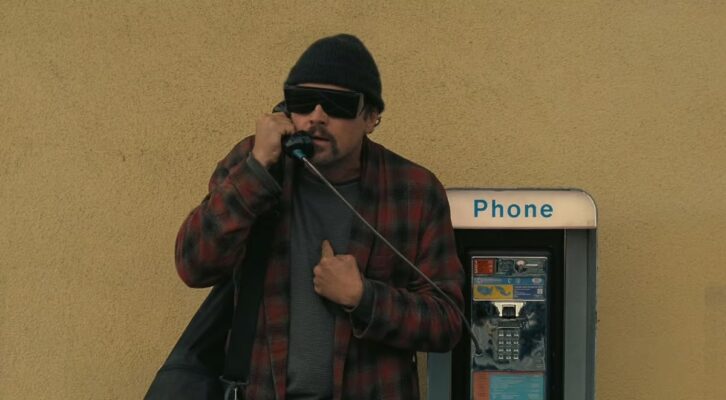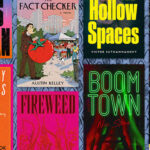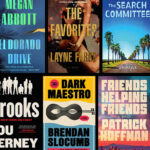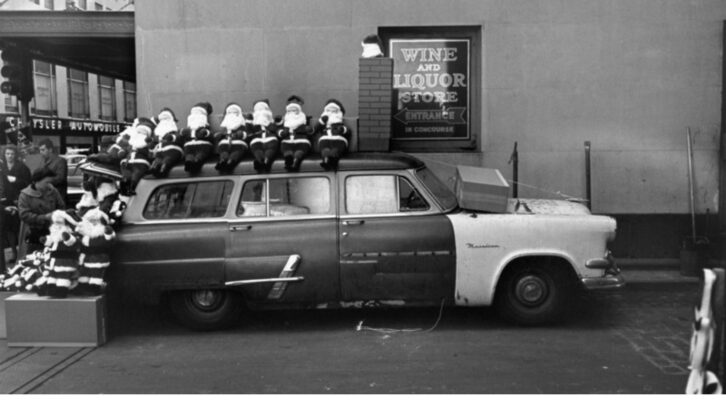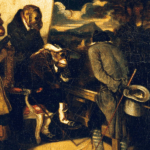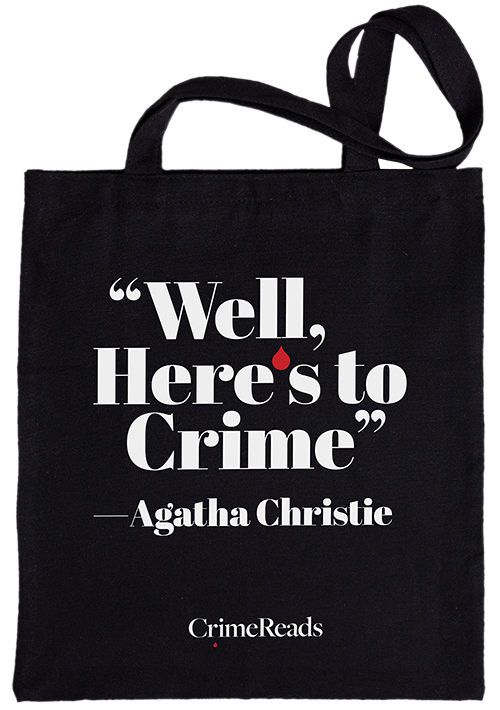In 2017, I became fascinated by the notion that my hometown—Greenfield, Massachusetts, population 17,000—had joined a national lawsuit against the pharmaceutical companies that got so many people hooked on pain pills. Greenfield was taking a stand, and suddenly I was writing a legal thriller inspired by the town. Or trying to.
I dove into research. I sifted through court filings and news articles describing how a pharmaceutical company trained its sales team to mislead doctors, and how doctors enjoyed all-expenses-paid trips to Boca Raton to hear about the wonderful benefits of opioid painkillers. I interviewed lawyers and Greenfield’s mayor. I printed my research notes on extra-long legal paper (lol). A story began to take shape, and I felt a zing of energy from the novel itself, as it started to come alive.
“The story teaches you how to write it” is an expression that’s attributed to Aristotle (a paraphrase from The Poetics—allegedly, at least). In my own experience, the story definitely teaches you how to write it, and the writer’s job is to listen. In attempting to write a legal thriller, I was slowly learning that the story wasn’t about a lawsuit and the hero was no lawyer. The hero was a waitress, single mom, and recreational boxer named Casch Abbey, and the secondary hero was her new romantic interest, a prodigious cannabis grower and former U.S. Army infantryman.
Yet, even as a member of my writing group explicitly told me that Casch was the heart of this book (and if you’re reading this, Bob Saul, thank you), I continued for some time to avoid what was plainly in front of me: that virtually every sentence I had written about the lawsuit, and the lawyer with his office in downtown Greenfield, could be deleted. Wiped cleaned. Erased. At that time I couldn’t have told you the central question that I was attempting to answer, because I was deep in the weeds just trying to see what the story was. But now I understand I was grappling with a fairly provocative question: How do you write the everyday villainy that’s all around us—the people exploited, the earth pillaged—and distill it down to a handful of characters whose pain and misadventures keep the reader on edge till the last page?
I discovered the answer only by writing and rewriting The Untended, a book that revealed itself to be a psychological thriller about the opioid crisis set in a fictional town called Greenfield, Vermont. According to The Untended, the answer is nested stories.
Casch is just trying to scrap together enough money to raise her kids and go to nursing school when her foot is crushed under the wheel of a station wagon. Her doctor prescribes pain medicine, and it turns out that a small yellow pill gives her the feeling she’s needed her entire life: relief. The incredible sensation that everything is just going to be all right.
But the medicine is soon recalled amid a deluge of reports that people are becoming addicted; lawsuits are in the offing. Meanwhile, on the ground in Greenfield, the pharmacy won’t dispense Casch’s meds and she’s met with a cold look at the doctor’s office when she asks for more. But Casch is a resourceful broad. She finds someone to sell her those meds. Casch is the quivering core of this book; at the same time, her story is nested within other stories:
Casch’s nested story
Casch is a single mom who waitresses at a corporate chain restaurant until a station wagon rolls over her foot.
↑
A doctor with a gold watch writes her a ’script for a powerful and addictive medicine.
↑
The medicine is patented and produced by a wildly profitable and privately owned pharmaceutical company in Connecticut, just a hundred miles south of Greenfield.
↑
American capitalism
In the first scene of The Untended, Casch meets Topher, who secretly grows pot for commercial purposes on a rich man’s land somewhere in the Green Mountains. (The book is set in the recent yet distant era when weed was illegal in most every state.) Topher was raised by his beloved grandma, “Gram,” the only parent he ever knew; after she passed away, and the cabin where he grew up was repossessed by the bank, he joined the service. His story is also nested within other stories:
Topher’s nested story
Topher grows and sells illicit cannabis after returning from Afghanistan.
↑
The U.S. war in Afghanistan
↑
The U.S. war on drugs
↑
The Opium Wars
↑
Empire
But how do you write nested stories? Well, the story teaches you how to write it, and the characters are the heart of the story. Follow the yarn from their pain to what happened to them to the circumstances of the people and systems that caused them harm—and then keep going, from their local world, to their regional world, all the way to the historic, political, and economic forces of the larger gruesome world, which all together set the action in motion before the characters were even born. And when that task feels absurd or impossible or both, keep writing, and then cut most of what you’ve written.
Pretty much no one enjoys cutting their work. But my favorite word for this process is subtraction, and I think using the mathematical term helps me remember that there’s nothing bad about taking words out, just as there’s nothing inherently good about adding words. It all depends on what the story needs now. And when I perform subtraction, I’m often amazed at the results. (Actually I think it’s the tool that can make me seem much smarter than I am.) I cut away pages of heavy-handed stuff—for instance, explaining just how nested these characters’ stories really are!—and what remains are a few sentences that gesture at much larger, and much darker, context.
In order to understand what I was trying to write, I also interviewed people who had gone through the very arc of addiction that Casch experiences. This involved going inside the county jail, first as a journalist and later as a teacher to facilitate a class for incarcerated women. I learned a lot.
Virtually every woman I encountered in that correctional facility had experienced significant trauma in her life; had become addicted to a substance that eased her emotional pain; had been criminalized for things she’d done while experiencing addiction; was now a convicted criminal and therefore culturally stigmatized; and judged herself harshly, as if this string of events was her very own fault.
In The Untended, Casch is pulled downward into chemical dependence and pursues ever riskier strategies to make money. At the same time, through sex and weed and empathy, she and Topher grow closer, and he tells her things he’s never spoken aloud about his experience in the service, revealing why he now chooses to spend his days growing cannabis and driving it to New York with a Glock under his seat. Meanwhile, if not for nested stories, Casch’s own substance use probably would read as a personal failing, because our predominant cultural narrative about people who struggle with drugs is one of judgment. But it gets harder to judge after you’ve glimpsed what got her here, while she is also up against powerful interests that have all the force of the law on their side.
In our nonfictional world, powerful interests continually invite us to venerate the rich while blaming the powerless for their problems and our own. But something else is accessible in fiction, where the reader can see all at once how everyday exploitation undertaken for the purposes of accumulating great wealth for the few ravages the many, while those doing the ravaging enjoy impunity.
In a scene smack in the middle of the book, when she is watching cartoons while snuggled in bed with her kids, Casch’s eight-year-old son asks, “What if the bad guys think they’re good guys?”
Nested stories can help us solve that question, which feels timelier than ever in 2025.
***




